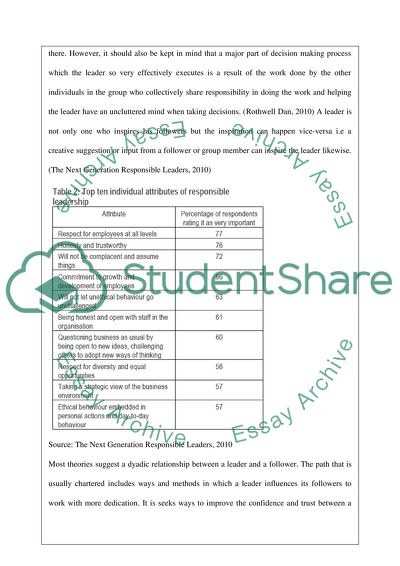Cite this document
(“Principles Of Leadership Essay Example | Topics and Well Written Essays - 1750 words”, n.d.)
Retrieved from https://studentshare.org/environmental-studies/1418861-principles-of-leadership
Retrieved from https://studentshare.org/environmental-studies/1418861-principles-of-leadership
(Principles Of Leadership Essay Example | Topics and Well Written Essays - 1750 Words)
https://studentshare.org/environmental-studies/1418861-principles-of-leadership.
https://studentshare.org/environmental-studies/1418861-principles-of-leadership.
“Principles Of Leadership Essay Example | Topics and Well Written Essays - 1750 Words”, n.d. https://studentshare.org/environmental-studies/1418861-principles-of-leadership.


